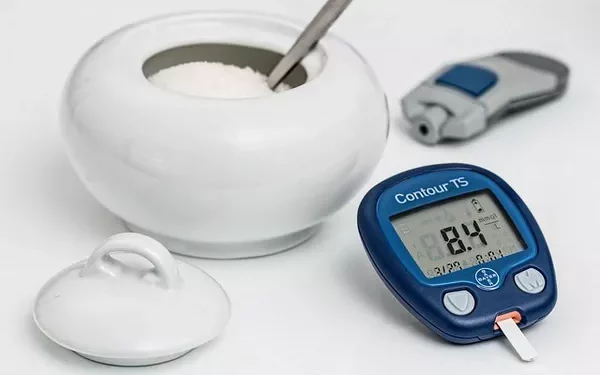A recent study has revealed that two commonly prescribed diabetes drugs, GLP-1 receptor agonists (GLP-1RAs) and SGLT2 inhibitors (SGLT2is), can lower the risk of Alzheimer’s disease and related dementias (ADRD) by 33% to 43%, offering a promising potential for repurposing these existing medications in the fight against dementia.
The research, published in JAMA Neurology, evaluated the effectiveness of these anti-diabetes drugs in preventing cognitive decline, which affects nearly 7 million older adults in the U.S., with projections estimating that number could double by 2060. Though treatments like aducanumab, lecanemab, and donanemab have been approved by the FDA for Alzheimer’s, their effectiveness and safety remain under scrutiny.
Given the high costs and risks associated with these novel Alzheimer’s drugs, the study explores the possibility of using already approved diabetes treatments as alternatives. Several previous studies have suggested that GLP-1RAs and SGLT2is may reduce the incidence of dementia, but a definitive link had yet to be established.
For the study, researchers used electronic health records from OneFlorida+ Clinical Research Consortium, analyzing data from January 2014 to June 2023. The cohort consisted of over 50-year-old patients with Type 2 diabetes who had no prior dementia diagnosis. Those who were prescribed either GLP-1RAs or SGLT2is showed a significant decrease in the incidence of ADRD compared to those taking other glucose-lowering medications. Specifically, the rate of ADRD in GLP-1RA users was 4.35 cases per 1,000 person-years, and for SGLT2i users, it was 4.19 cases, compared to 6.6 and 7.23, respectively, for patients using other diabetes medications.
Both GLP-1RAs and SGLT2is have been linked to improved brain health through mechanisms such as reducing neuroinflammation, enhancing insulin sensitivity, and promoting neurogenesis. These drugs may also help reduce the accumulation of amyloid-beta and tau proteins, which are hallmarks of Alzheimer’s. Additionally, SGLT2is are thought to improve blood flow to the brain and support mitochondrial function.
The study found that GLP-1RAs were associated with a 33% reduction in dementia risk, while SGLT2is were linked to a 43% reduction. While both drugs showed similar neuroprotective effects, the SGLT2is demonstrated a slightly higher risk reduction.
Despite these promising findings, the study acknowledges that ADRD develops over a prolonged period, often before clinical symptoms manifest. Therefore, more extensive research, including longitudinal studies and randomized controlled trials, is needed to confirm the long-term effects of these drugs on dementia prevention. Further studies that control for additional variables such as ethnicity, sex, and obesity are also necessary to strengthen the results.
In conclusion, the study suggests that GLP-1RAs and SGLT2is may offer a new avenue for preventing Alzheimer’s disease and related dementias, especially for older adults with Type 2 diabetes. These findings underscore the potential of repurposing existing medications for neuroprotection and could shape future therapeutic strategies for dementia prevention.
Related topics:
How to Support Your Child After a Type 1 Diabetes Diagnosis
Revolutionizing Diabetes Management with Advanced Data and Analytics
Abbott’s Diabetes Device Sales Surge 27% in Q1, Fueling Strong Quarterly Performance


























